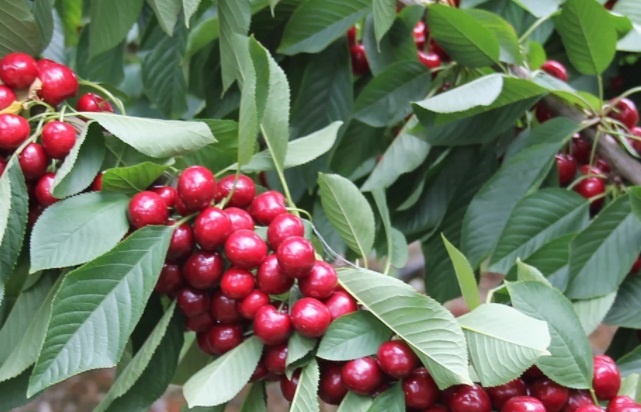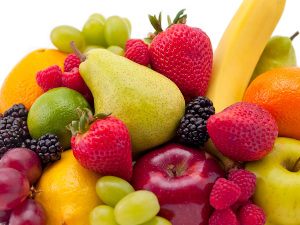Agronometrics in Charts: Northwest cherries set to make a comeback this season

In this installment of the ‘Agronometrics In Charts’ series, Sarah Ilyas studies the state of the Northwest cherry season. Each week the series looks at a different horticultural commodity, focusing on a specific origin or topic visualizing the market factors that are driving change.
According to Northwest Cherry Growers, the 2023 cherry crop exhibits substantial potential in terms of crop volume and fruit size. It is projected that a crop of 19.9 million 20-pound boxes will be achieved, indicating a 50 percent increase compared to the 13.3 million box crop harvested in 2022.
Weather conditions experienced across Washington, Oregon, Idaho, Utah, and Montana over the past two weeks have been favorable, with temperatures averaging around 80 degrees Fahrenheit. Such climatic conditions are highly conducive to optimal cell division for size and sugar development within the region. The onset of the first bloom in early orchards took place on April 8, followed by the full bloom occurring on April 15 this year.
“Cherries in the early and mid-season districts appear to have set a nice crop,” according to the estimate from Northwest Cherry Growers. “If the weather remains warm, we can expect a crop that will peak on 10-row cherries,” the organization added.
“We expect a big year for cherries in 2023. Our bounce-back volume from 2022 should be fantastic. Our season will be longer than ever, again extending through August, states Conner O’Malley, President of Sales at Superfresh Growers.
 Source: USDA Market News via Agronometrics.
Source: USDA Market News via Agronometrics.
(Agronometrics users can view this chart with live updates here)
The timing of this year's bloom exhibited a considerable delay of 14 to 20 days in comparison to the bloom pattern observed in 2022. The recent escalation in temperatures throughout the Northwest region has resulted in full bloom in all but the very latest orchards. The abundant volume of cherries available during the early season in the Northwest is expected to adequately facilitate the transition for cherry retailers, enabling them to smoothly transition from the current California crop.
“There may be some overlap with California but day by day, it’s looking to be less volume that crosses over,” says Dan Davis of Starr Ranch Growers.
California should wrap up generally around June 20th with the last week of the month trickling down in supply. “It should set up for a pretty reasonable handoff from California to the northwest. We’re waiting and seeing and we hope they have great weather and no bumps in the road and that they finish strong with nice quality cherries and hand us a retail market where consumers are gobbling up cherries as fast as possible,” he says.
 Source: USDA Market News via Agronometrics.
Source: USDA Market News via Agronometrics.
(Agronometrics users can view this chart with live updates here)
In terms of pricing, the outlook for Northwest cherries this season is anticipated to be reasonably set, aiming to maintain a consistent movement within the market. According to Davis, the pricing is expected to be significantly lower compared to the previous year. Davis predicts that a substantial number of retailers will adopt a pricing range of $1.99 to $3.99 per pound.
This positive pricing forecast comes as welcome news for growers and shippers, particularly following a challenging 2022 season. Davis acknowledges that the previous year posed various difficulties for growers, including reduced volumes and adverse horticultural effects resulting from unfavorable weather conditions.
The combination of these factors hindered the overall success of the growing season. Consequently, the industry is eagerly anticipating the arrival of this promising growing season, as it holds the promise of revitalizing momentum and providing the necessary support for growers and retailers.
 Source: USDA Market News via Agronometrics.
Source: USDA Market News via Agronometrics.
(Agronometrics users can view this chart with live updates here)
In our ‘In Charts’ series, we work to tell some of the stories that are moving the industry. Feel free to take a look at the other articles by clicking here.
All pricing for domestic US produce represents the spot market at Shipping Point (i.e. packing house/climate controlled warehouse, etc.). For imported fruit, the pricing data represents the spot market at Port of Entry.
You can keep track of the markets daily through Agronometrics, a data visualization tool built to help the industry make sense of the huge amounts of data that professionals need to access to make informed decisions. If you found the information and the charts from this article useful, feel free to visit us at www.agronometrics.com where you can easily access these same graphs, or explore the other 21 commodities we currently track.











































